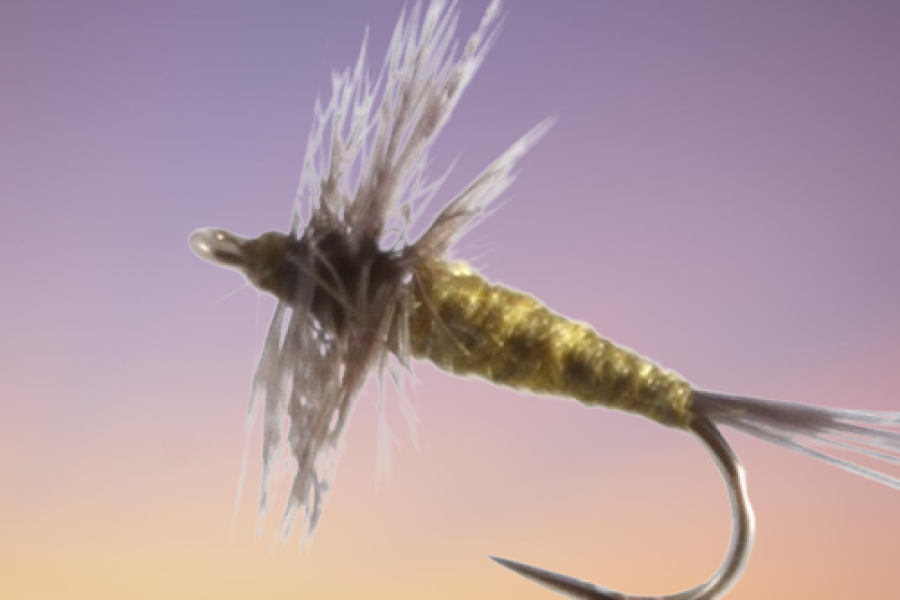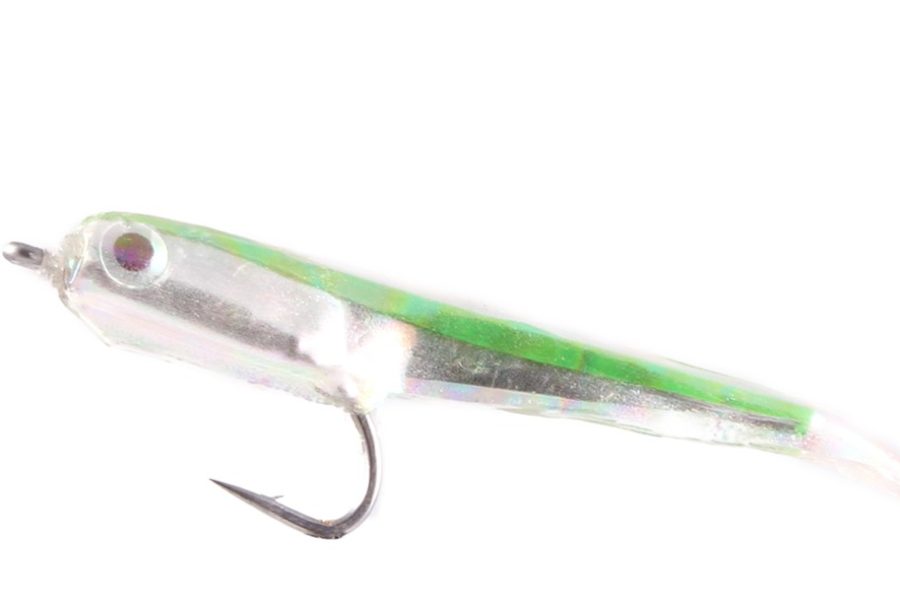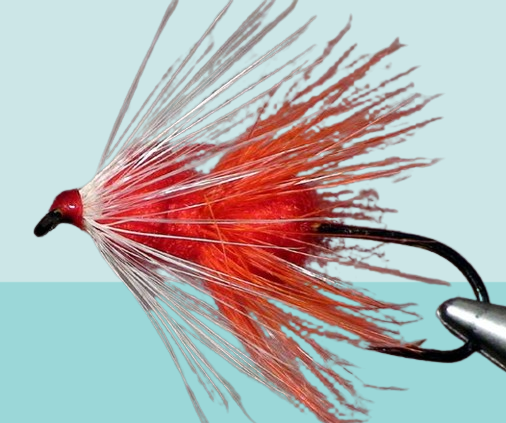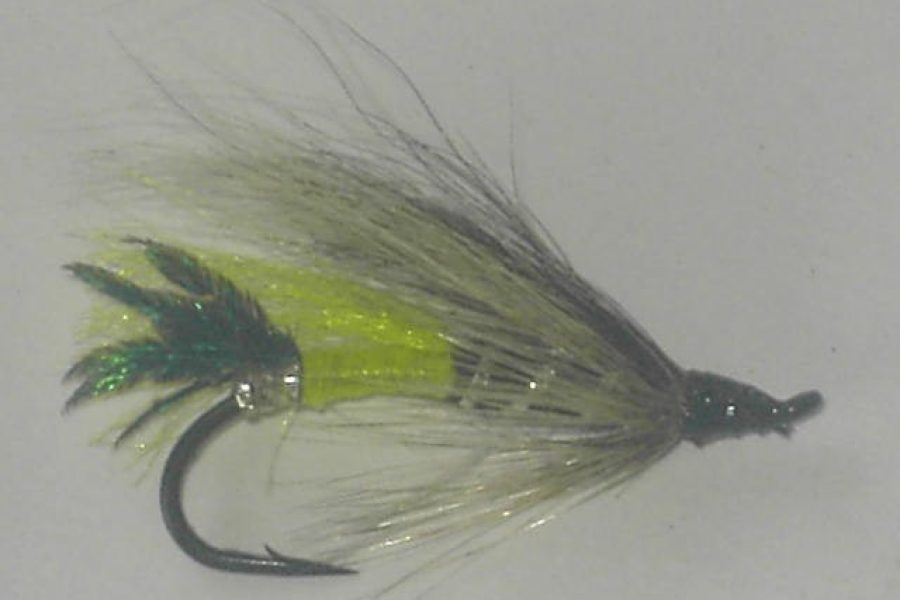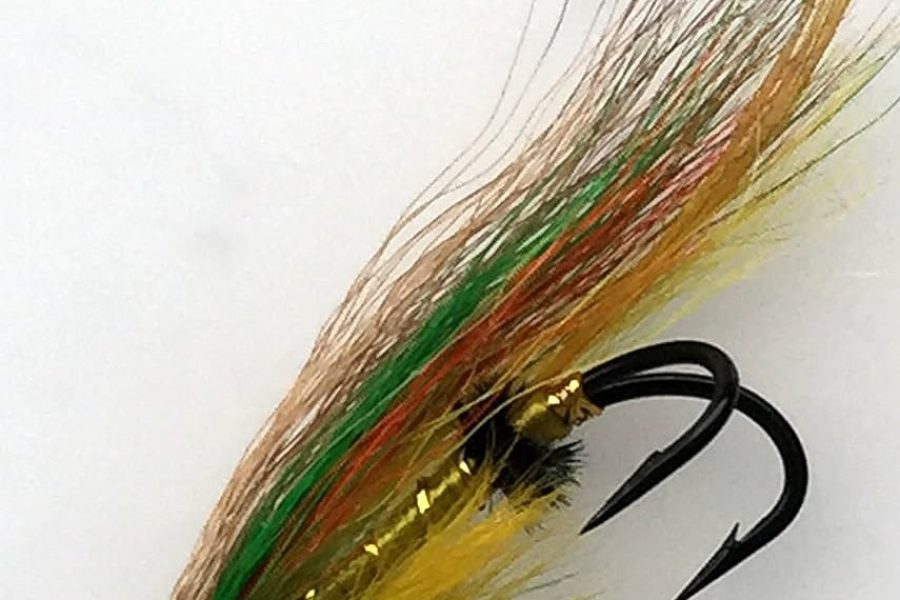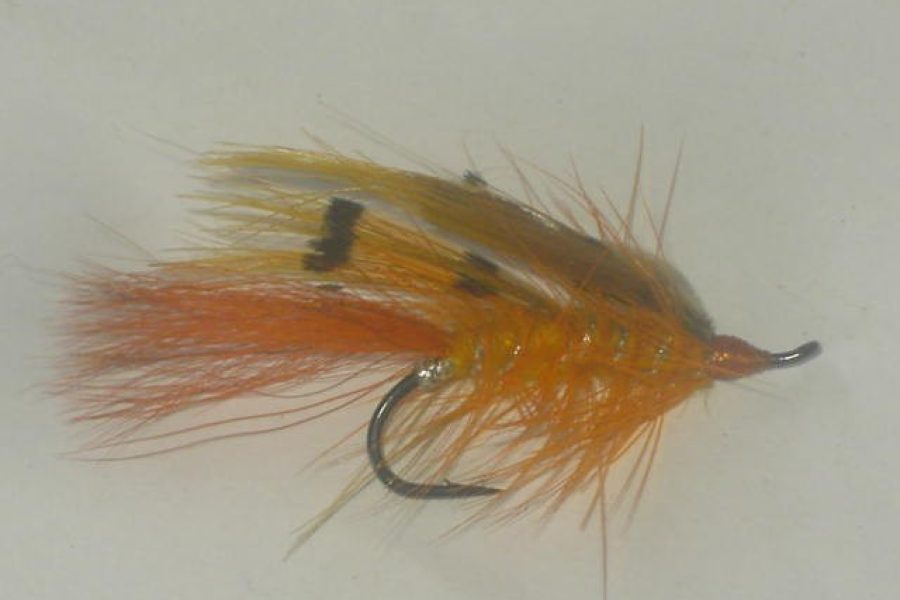Description
Product Overview and Heritage The Babine Special salmon fly pattern represents a legendary evolution in steelhead and salmon fly design, drawing its name and heritage from the famous Babine River in British Columbia. This classic pattern combines traditional steelhead fly design principles with specific characteristics that make it especially effective in Pacific Northwest waters. Developed through decades of refinement by experienced anglers and guides, this pattern has proven particularly effective during various salmon and steelhead runs throughout the season.
Design Philosophy and Material Innovation The pattern’s effectiveness stems from its carefully engineered components:
- Premium natural materials
- Specialized wing design
- Quality hackle selection
- Precise proportions
- Durable construction
- Traditional color schemes
- Strategic material placement
- Classic profile design
- Advanced tying techniques
- Authentic movement propertiesTechnical Specifications
Hook Characteristics:
- Heavy-gauge salmon hook
- Available sizes: 2-6
- Strong wire construction
- Up-eye design
- Chemically sharpened points
- Wide gape configuration
- Corrosion-resistant finish
- Optimal hook strength
- Enhanced penetration design
- Perfect material-to-hook ratio
Material Properties:
- Selected natural materials
- Premium hackle quality
- Traditional hair wing
- Flash accents
- Water-resistant treatments
- Enhanced durability features
- Quality feather materials
- Specialized body materials
- Color-fast properties
- Movement enhancement
Construction and Tying Process The pattern’s success relies on precise construction methods:
- Balanced proportions
- Strategic wing placement
- Graduated body tapering
- Reinforced thread base
- Material integration
- Enhanced durability features
- Proper hackle application
- Body construction
- Profile consistency
- Wing distributionFishing Applications and Techniques
Presentation Methods:
- Traditional swing
- Dead-drift approaches
- Strip retrieve
- Wake presentations
- Multiple retrieval speeds
- Surface disturbance
- Pattern movement
- Drift control
- Depth variation
- Speed control
Specialized Applications:
- Summer runs
- Fall migrations
- Spring fishing
- Winter steelhead
- Clear waters
- Fast water
- Pocket water
- Bank fishing
- Deep pools
- Structure fishing
Seasonal Effectiveness
Summer Performance:
- Prime salmon season
- Warm water periods
- Natural activity
- Extended daylight
- Evening rises
- Surface activity
- Temperature peaks
- Optimal visibility
- Migration patterns
- Feeding windows
Spring Applications:
- Early season runs
- Warming waters
- Initial activity
- Pre-summer behavior
- Mixed techniques
- Weather changes
- Water level variations
- Temperature increases
- Fish movement
- Pattern selection
Fall Strategy:
- Peak migration period
- Cooling waters
- Changed light conditions
- Transitional periods
- Aggressive takes
- Pattern visibility
- Fish location
- Temperature drops
- Spawning behavior
- Feeding windows
Winter Tactics:
- Winter steelhead
- Cold water techniques
- Limited light
- Slow presentations
- Deep water
- Temperature considerations
- Pattern visibility
- Fish holding patterns
- Oxygen levels
- Light penetration
Habitat and Water Types
River Applications:
- Large salmon rivers
- Coastal streams
- Boulder pockets
- Fast runs
- Riffles
- Deep pools
- Current seams
- Structure areas
- Tailouts
- Holding water
Specialized Environments:
- Crystal clear waters
- Moderate currents
- Shallow riffles
- Deep runs
- Complex currents
- Bank water
- Pocket water
- Boulder gardens
- Tidal influence
- Estuaries
Target Species and Behavior
Primary Species:
- King Salmon
- Coho Salmon
- Sockeye Salmon
- Pink Salmon
- Chum Salmon
- Steelhead
- Atlantic Salmon
- Sea-run Browns
Feeding Behaviors:
- Aggressive strikes
- Chase response
- Pattern recognition
- Territorial behavior
- Opportunistic takes
- Migration patterns
- Strike triggers
- Visual stimulation
- Lateral line response
- Competitive feeding
Rigging Recommendations
Leader Setup:
- 9-12 foot leaders
- 0X-3X tippet
- Tapered leaders
- Fluorocarbon options
- Loop-to-loop connections
- Shock absorption
- Proper stiffness
- Knot strength
- Breaking strain
- Abrasion resistance
Presentation Options:
- Single fly rigs
- Traditional methods
- Modern techniques
- Line matching
- Leader design
- Tippet selection
- Sink tips
- Floating lines
- Running line
- Shooting heads
Professional Applications
Guide Usage:
- Client-friendly pattern
- Proven success rates
- Visibility advantages
- Easy casting
- Multiple techniques
- Teaching tool
- Confidence pattern
- Versatile applications
- Durability
- Hook-up ratio
Commercial Success:
- Professional acceptance
- Market demand
- Pattern variations
- Size options
- Color adaptations
- Regional preferences
- Seasonal popularity
- Distribution channels
- Brand recognition
- Quality control
Care and Maintenance
Post-Fishing Care:
- Thorough drying
- Material grooming
- Hook point inspection
- Wing straightening
- Hackle maintenance
- Float restoration
- Storage preparation
- UV protection
- Salt removal
- Pattern rotation
Storage Requirements:
- Dry environment
- UV protection
- Separate compartments
- Regular inspection
- Moisture prevention
- Temperature control
- Light protection
- Ventilation needs
- Box organization
- Inventory management
Advanced Fishing Methods
Presentation Techniques:
- Spey casting
- Switch casting
- Roll casting
- Overhead casting
- Mending techniques
- Line control
- Pattern tracking
- Drift management
- Swing control
- Retrieve variation
Water Reading:
- Current understanding
- Depth assessment
- Structure location
- Fish holding areas
- Presentation angles
- Feeding lanes
- Travel routes
- Rest areas
- Temperature breaks
- Current seams
Environmental Considerations
Conservation Features:
- Barbless options
- Sustainable materials
- Durable construction
- Catch-and-release friendly
- Minimal environmental impact
- Eco-conscious design
- Material selection
- Ethical considerations
- Resource protection
- Species conservation
Material Selection:
- Responsible sourcing
- Quality components
- Recyclable elements
- Ethical production
- Sustainable practices
- Environmental impact
- Material longevity
- Waste reduction
- Local materials
- Eco-conscious design
Additional information
| Hook size | 10, 12, 2, 4, 6, 8 |
|---|---|
| Hook type | Barbed Hooks, Barbless Hooks |

